I recently spent a week in Virginia attending two weddings. I packed for the trip knowing that I would photograph at each, but assuming that I wouldn’t be the official photographer. The role of the official wedding photographer is one that fills me with anxiety. There are so many ways to screw it up. Forgetting to round up Aunt Mable for one of the set pieces. Mixing up the in-laws-to-be. Not getting – or these days, creating – set piece photos with everybody’s eyes open and pleasing expressions on their faces. Not balancing getting the shot with being unobtrusive. Having way too little time to get the shots you need to satisfy the customer. Ugh.
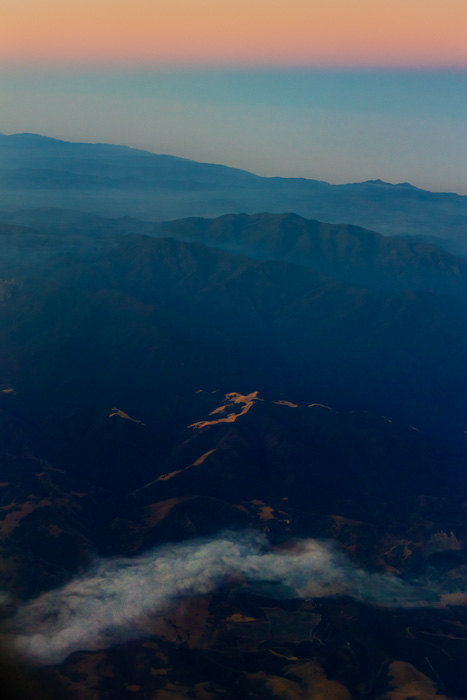
That’s the downside. The upside? Not so great. Unless you’re one of the few pros who stretch the boundaries the creative possibilities are limited. And you’re always going for the safe shot, which you need, rather than the risky one that you want.
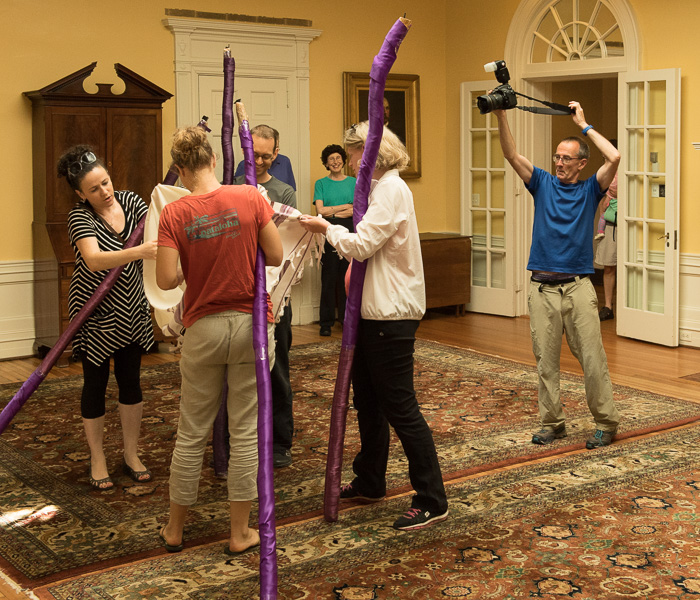
I much prefer being the sous-photographer. No pressure, since nobody expects you to get the routine shots (or any shots, for that matter), and everything you come up with is a bonus. You can actually eat and mingle, while the pro doesn’t have a minute to spare. And you can concentrate on the small, intimate moments, rather than the classic, main-event images.
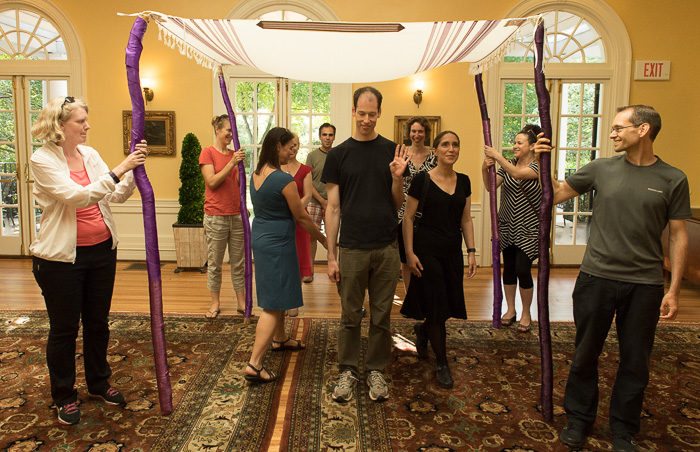
If you’re the sous-‘tog, you don’t want flashes, gels, light modifiers, and assistants to hold them. You’re not going for the classic, impeccably-lit images, but rather the natural-looking ones, kinda like the shots that appear in iPhone ads but are rarely achieved with actual iPhones.
To be a good second-string photographer. You have to know you’re not a starter, and you’ve got to let the pro do their job. That means making yourself scarce for the set pieces. It means not photographing during the actual ceremony, since one photographer is intrusive enough. It means staying out of the main photographer’s pictures.
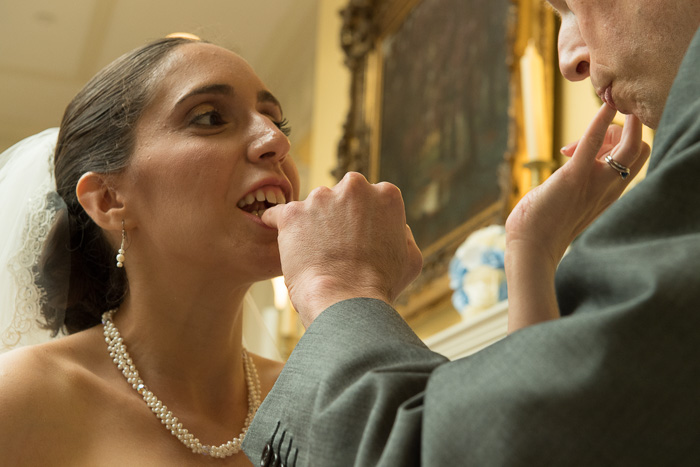
Since these two weddings were away games, I needed to pack light. I figured one camera, one lens, and no flash. Sure there’d be shots I couldn’t get, but, as second banana, I didn’t need to get them all. Sure, the camera could fail, but nobody was counting on me for irreplaceable images. On the other hand, my go-to camera for light weight is the a7RII, and event photography is a bit outside of its comfort zone. Sure, you can do weddings with an a7x, but AF speed, continuous shooting rate, battery life, and buffer size aren’t ideal.
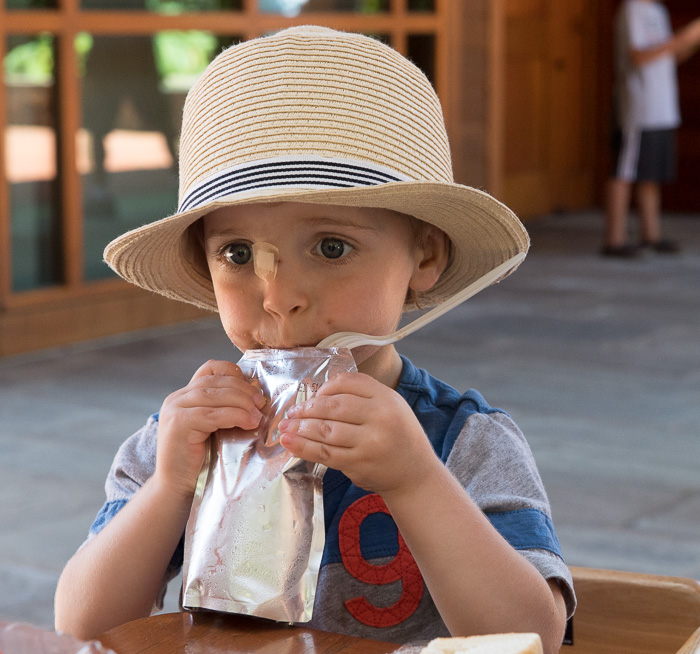
So I reached for my D5, which is amazing in all four of the above attributes, and in addition has exemplary low-light performance. For my do-it-all lens, I made the same pick as wedding photographers the world over: the 24-70mm f/2.8. This is not a lens that I use often, so I don’t have the current version, but rather the iteration before that. The D5 is not light. That lens is not light. But I figured that was OK since there was just one of each. I left the battery charger at home, and took one spare battery. I left in place the 128 GB Compact Flash card that lives in the D5’s slot one, and added a 256 GB card in slot 2. I Domke-wrapped the camera and lens and threw them in my carryon. No camera bag.
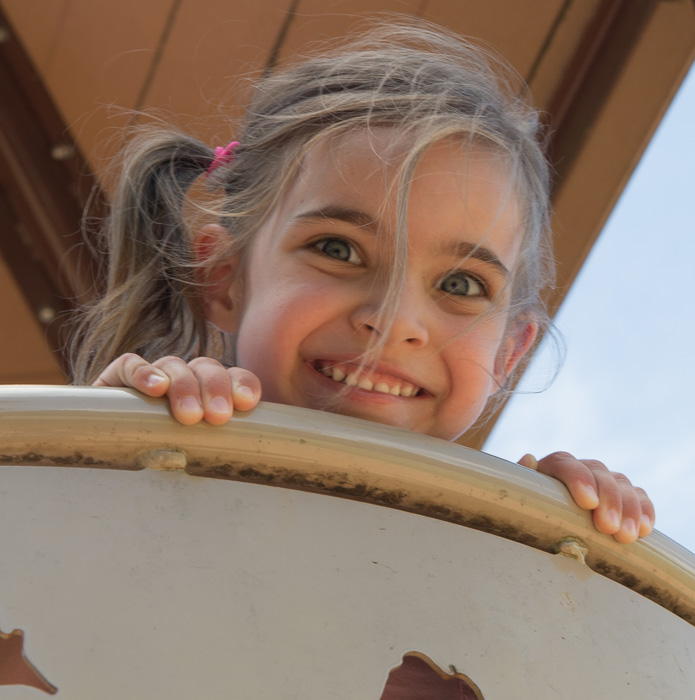
So how’d it go?
Pretty well, actually.
I made about 5000 exposures, and I could have done it all on one battery, but I switched to the spare for the second service and the following reception to insure piece of mind.
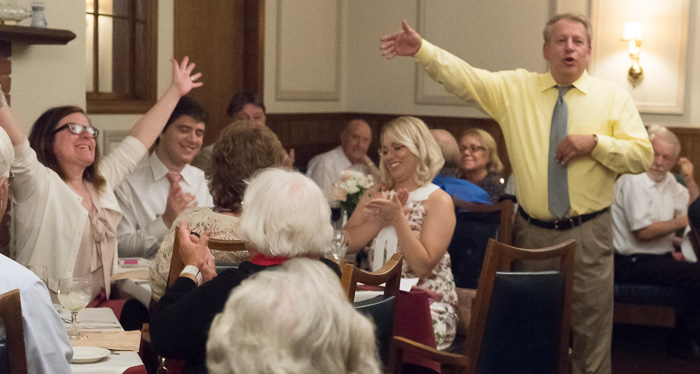
Because the D5’s continuous shooting speed is so fast, I employed a new-to-me exposure strategy. I left the camera’s shutter in continuous high, and in all situations where I’d normally make a single exposure, I shot bursts of three. Because the camera is so fast, three shots are over before anyone notices much more than they’d hear with a single shot. When I wanted less noise, I used the quiet shutter mode (which isn’t all that quiet, and the noise lasts at least as long as a three-shot burst in Ch), but, since I wasn’t shooting during the ceremonies, I didn’t need quiet often.
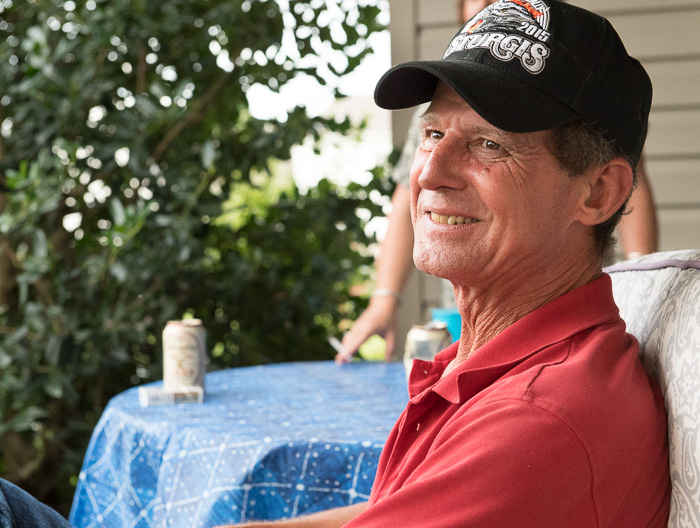
The three-shot bursts eliminated worries about closed eyes. The downside was three times as many pictures to deal with when I got home. The silver bullet for that is Fast Raw Viewer (FRV), which makes sorting through 5000 files, while not enjoyable, at least tolerable. FRV is much crisper with the D5’s 20MP files than with the a7RII’s 42 MP ones, which helps. When I’d used the D4 in continuous high shutter mode, I found it difficult to get single images, often getting two by accident. The caused me to switch to single shot shutter mode for most images. The problems was that that left the camera in the wrong shutter mode when I suddenly needed to shoot a burst. Leaving the camera in continuous high all the time fixed this annoyance.
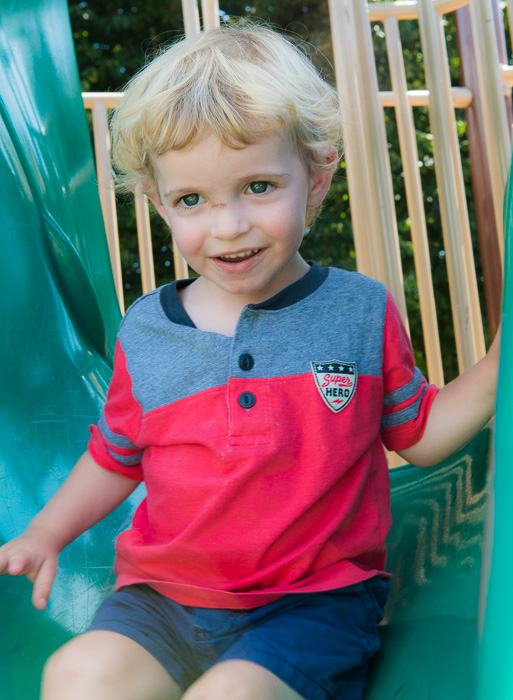
I usually use manual selection of autofocus points. The D5 has direct selection via the multiway switch, which is an improvement over the a7x interface, but not as good as it could be in some situations. The D5 has a touch screen. Why not have the option of using it for focus point selection? You’d have to get feedback though the red LEDs in the finder, but you could use your thumb as you held the camera to your eye. Maybe they tried that and found people inadvertently changing focus points with their faces.
Early in the trip, I tried the automatic focus point selection, and was mightily impressed. It can’t read your mind, but seemed to find the point I wanted better than 80% of the time, and moving the camera back and forth fixed about three quarters of the remaining cases. Very useful in fast-changing circumstances.
I don’t use zoom lenses much, so I was curious to see what focal lengths I’d chosen for the images that I decided to keep. Here’s the breakdown:
It looks like I’d be better off with a lens that zoomed out a little farther.
Turns out that I didn’t use f/2.8 once, though:
I’ve ordered a Nikon 24-120/4 lens and I’ll see how I do with that.
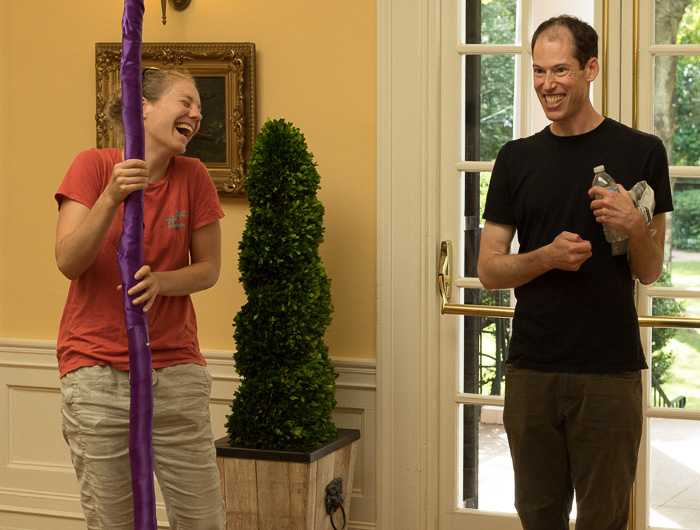
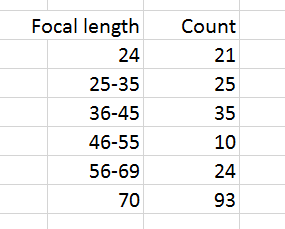
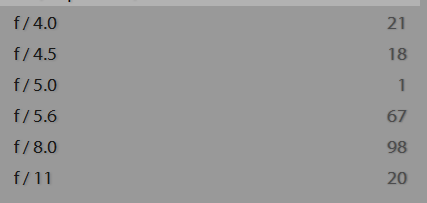
For the super-fast 8+fps cameras, I wish they had a three-stage shutter button that let you squeeze off just one shot if you want, but always have the option for continuous if the situation warrants. Half-press, single-shot, continuous.
Hi Jim,
I like the 24-120/4 a lot, it’s a good weight/size/performance compromise on hikes with my dog (that name was reserved at the time:-). I use it mostly for landscapes in the 24-40mm, f/4-8 range where it is quite sharp – and longer focal lengths for the odd reach shot. After 40mm imho it starts losing some of its edge, I’ll be looking forward to your thoughts on it.
Jack
Its 5x zoom with constant aperture. There should be some compromises. It doesn’t mean it cant be better in next iteration though. This lens begs for a PF element, but I dont know how well it would work in a zoom.
I find a 24-70 on an APC camera a good compromise…
A question though: how many exposures would you hand over? Assuming you only kept one of each triple, you still had nearly 1700 shots. I wouldn’t feel comfortable handing over that many because I wouldn’t feel I’d done my job of editing down to the best shots… which I think is part of my job (even as an unpaid sous-‘tog).
Giving someone 10,000 photos and they will never look at all of them. Give them 5 and they want more: I suspect it’s better that they want more than wanting less, even if they don’t *know* they want less. I usually find myself handing over around 50 after shooting eg a concert… and if I was going to print them, it would be more like 10, the most outstanding.
So where would you place the balance point?
I gave the couple from each wedding about 50 shots.